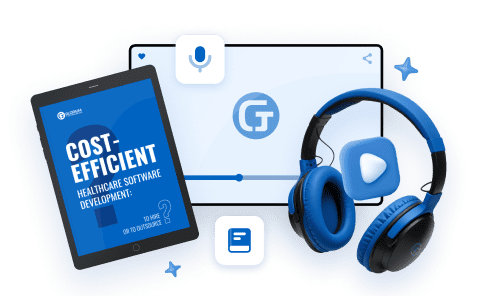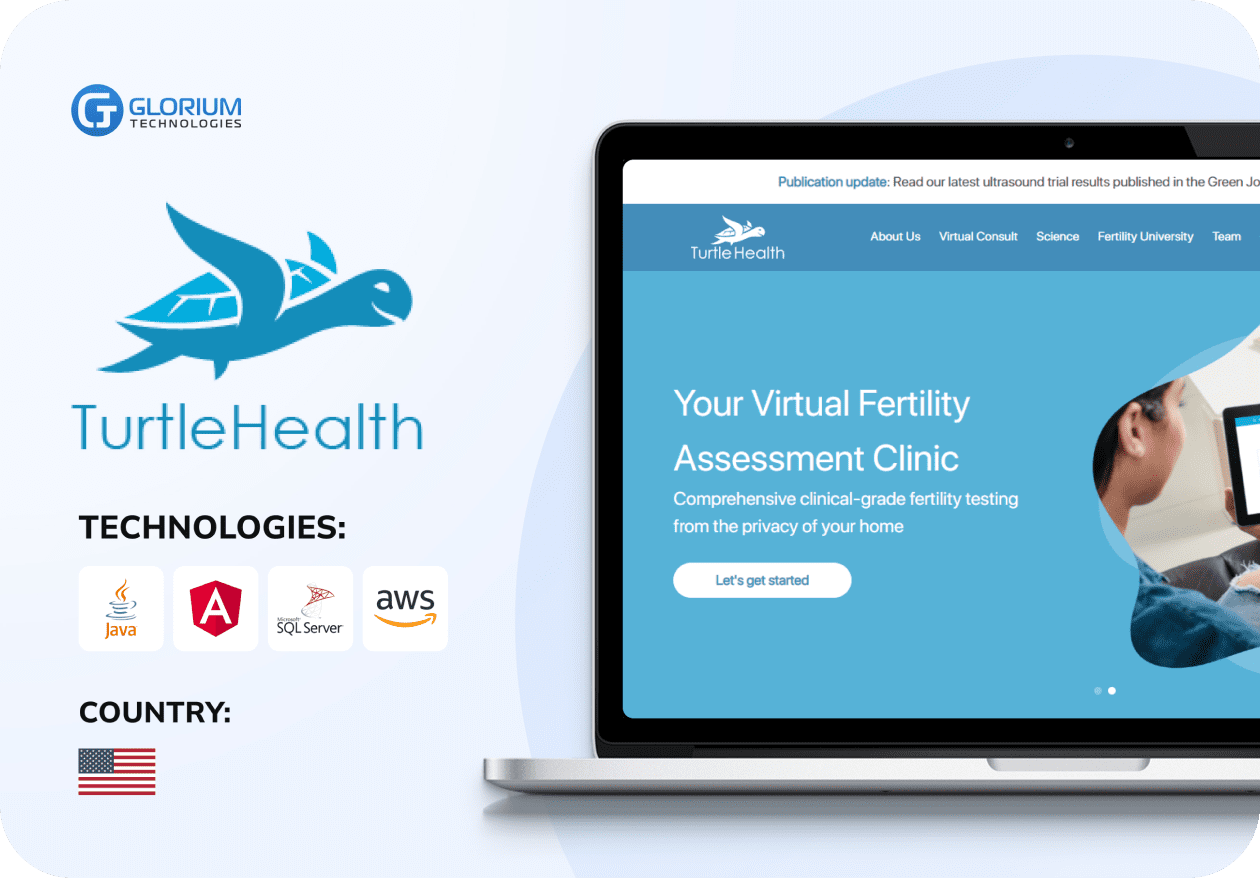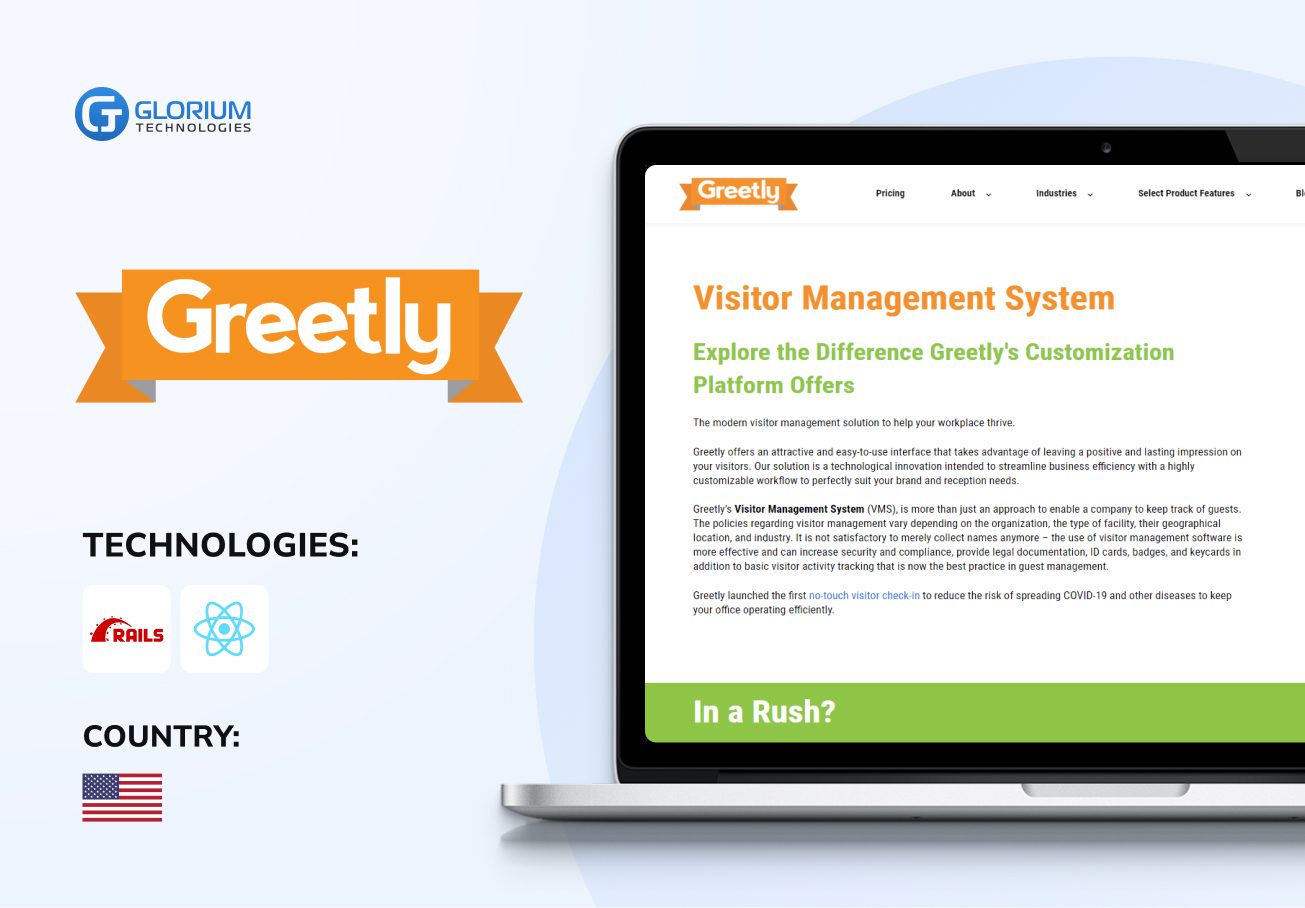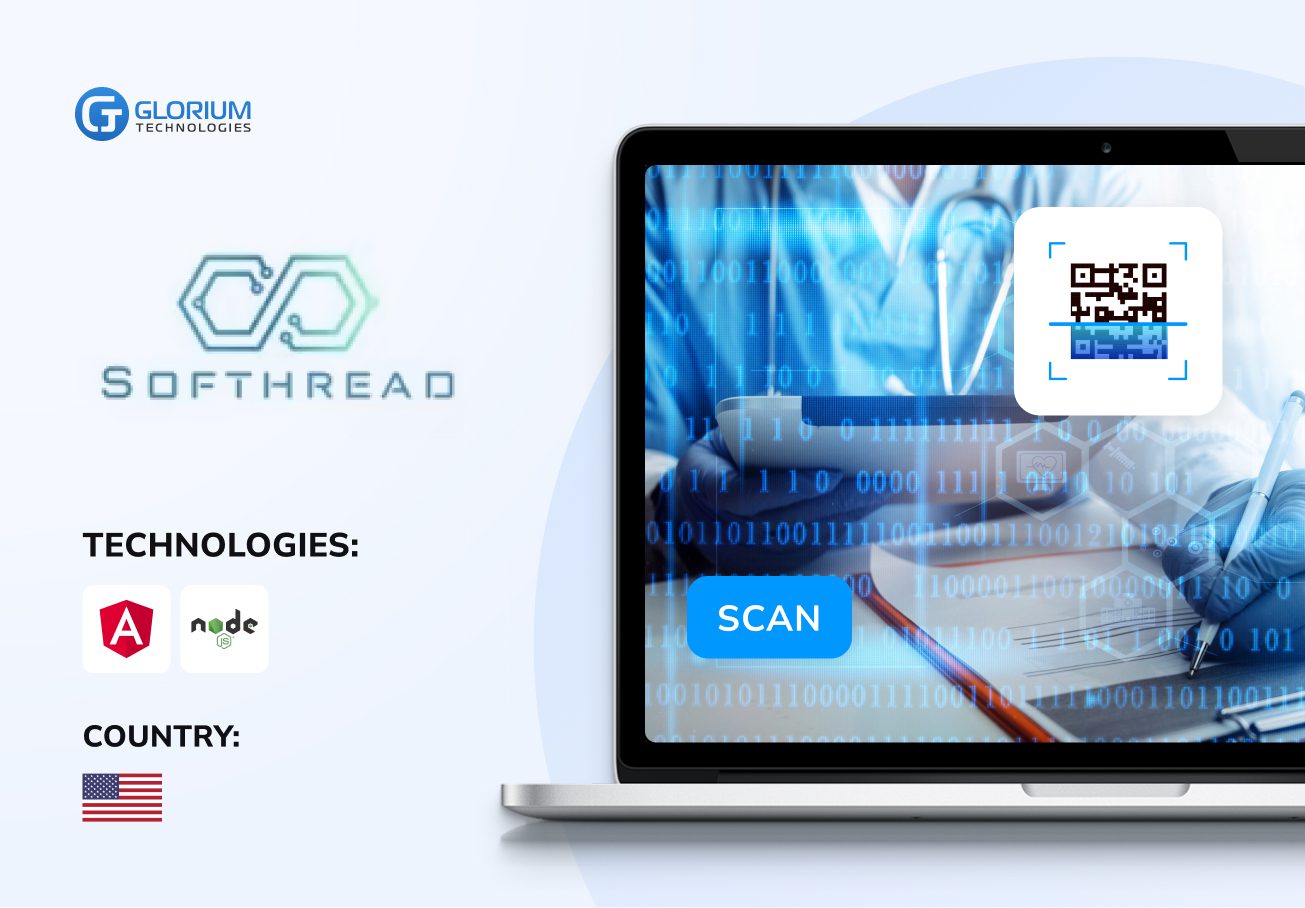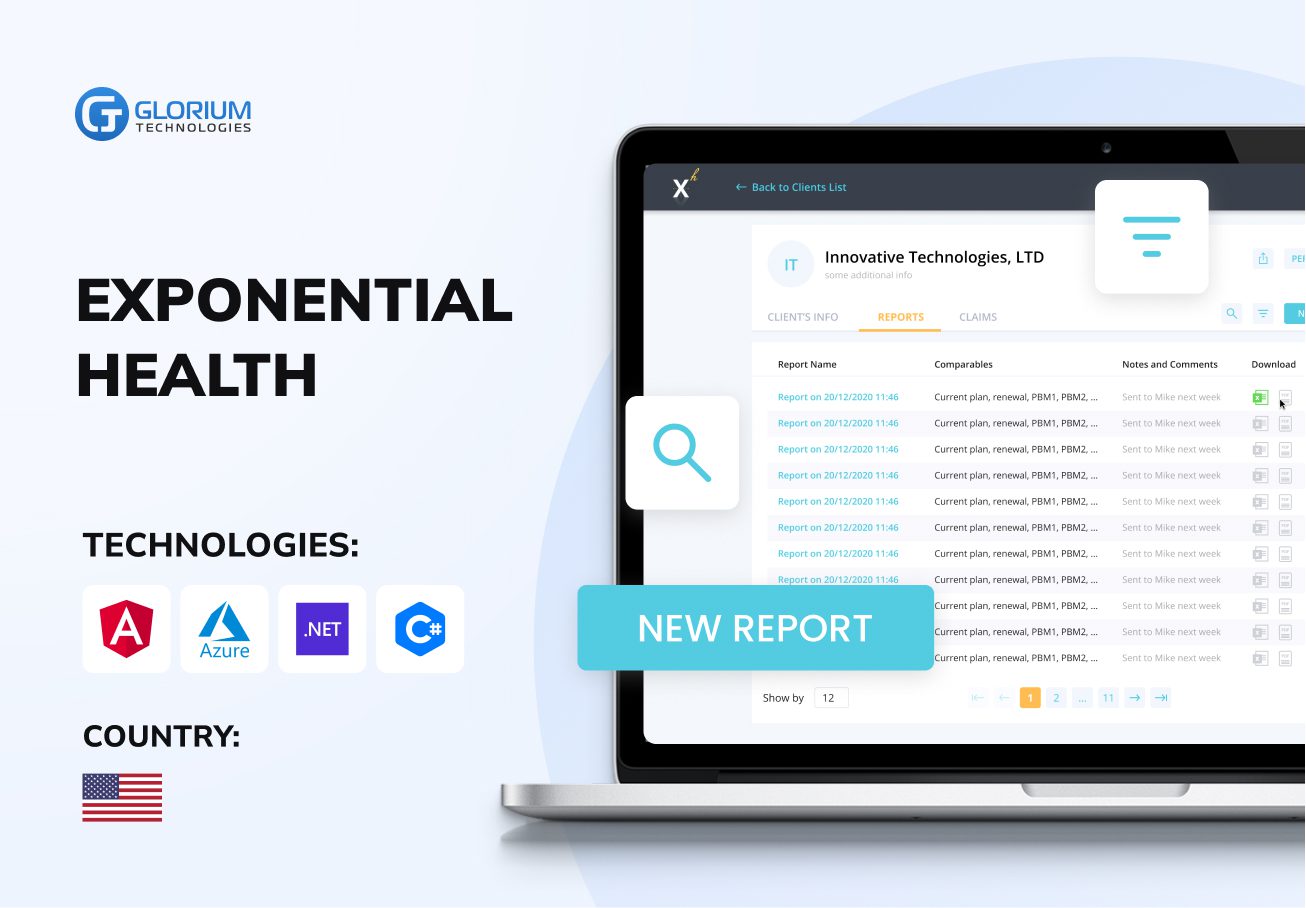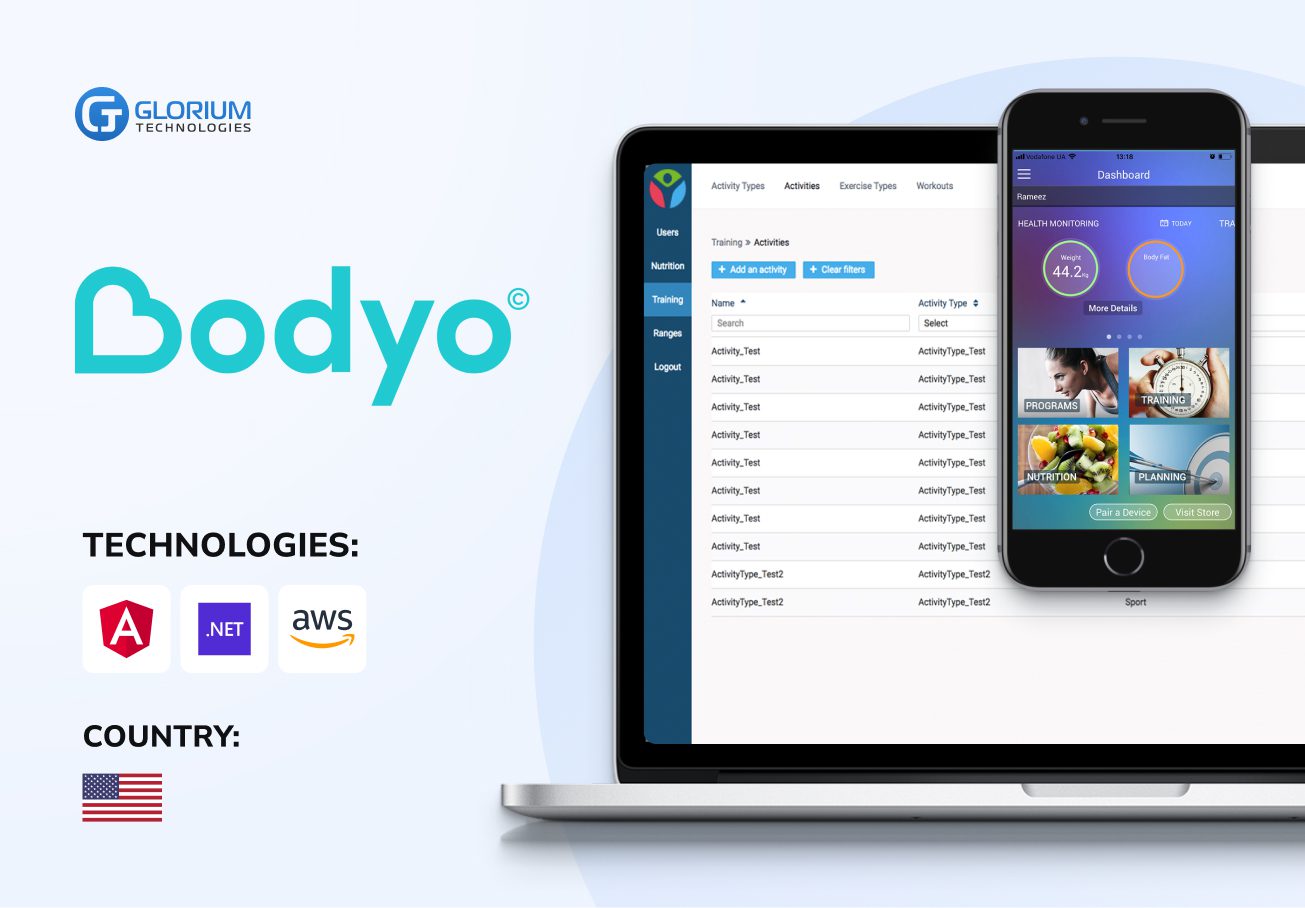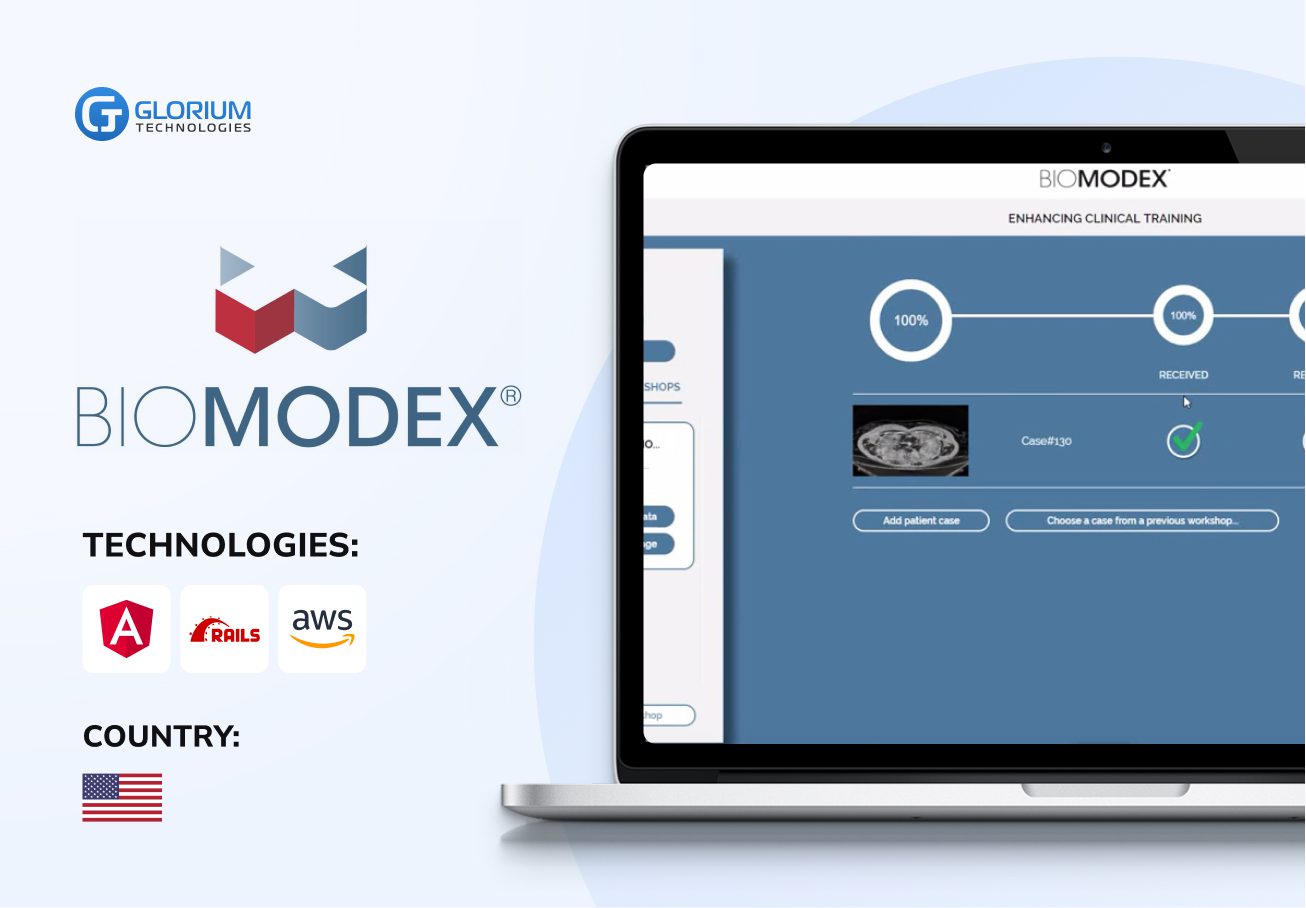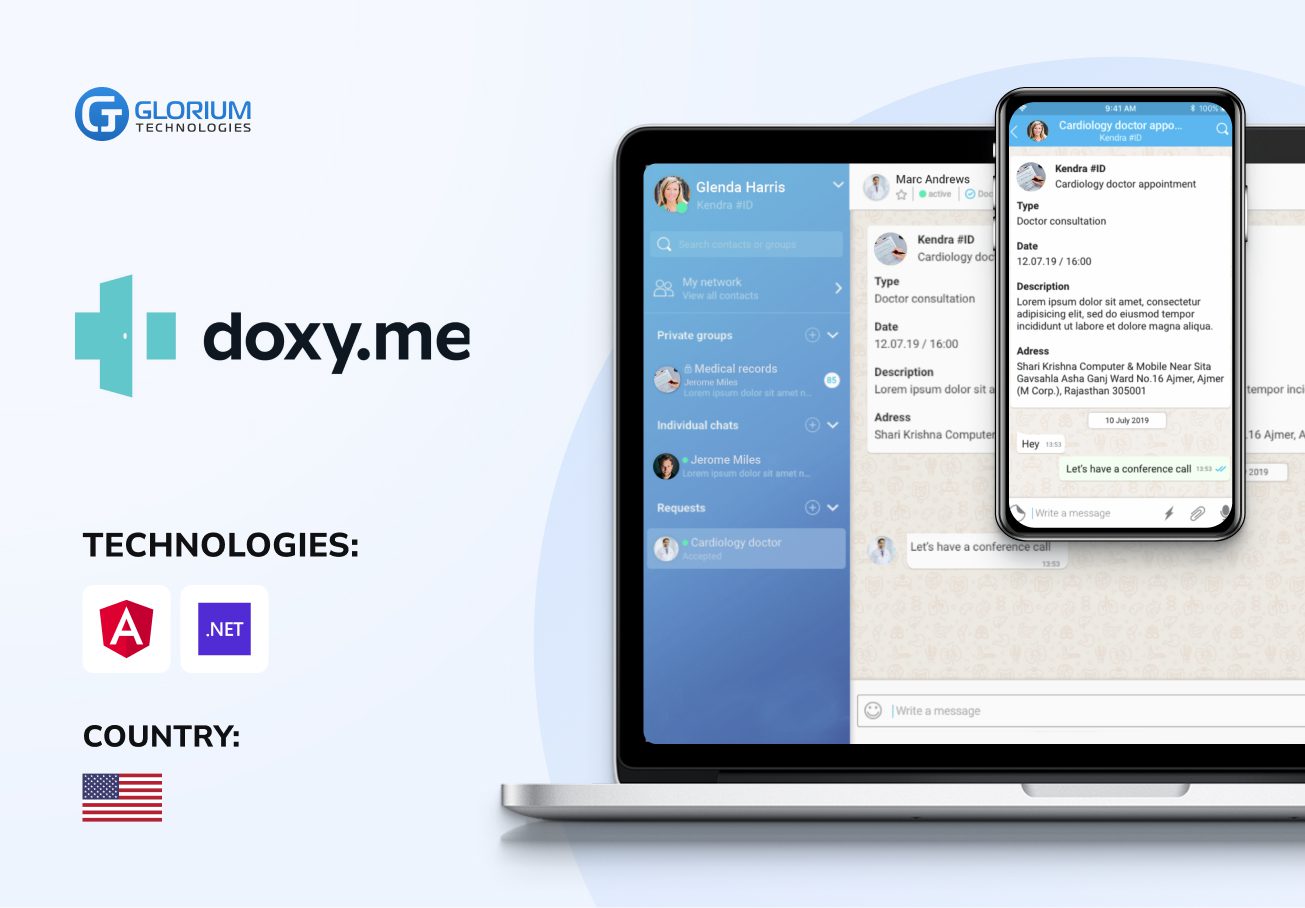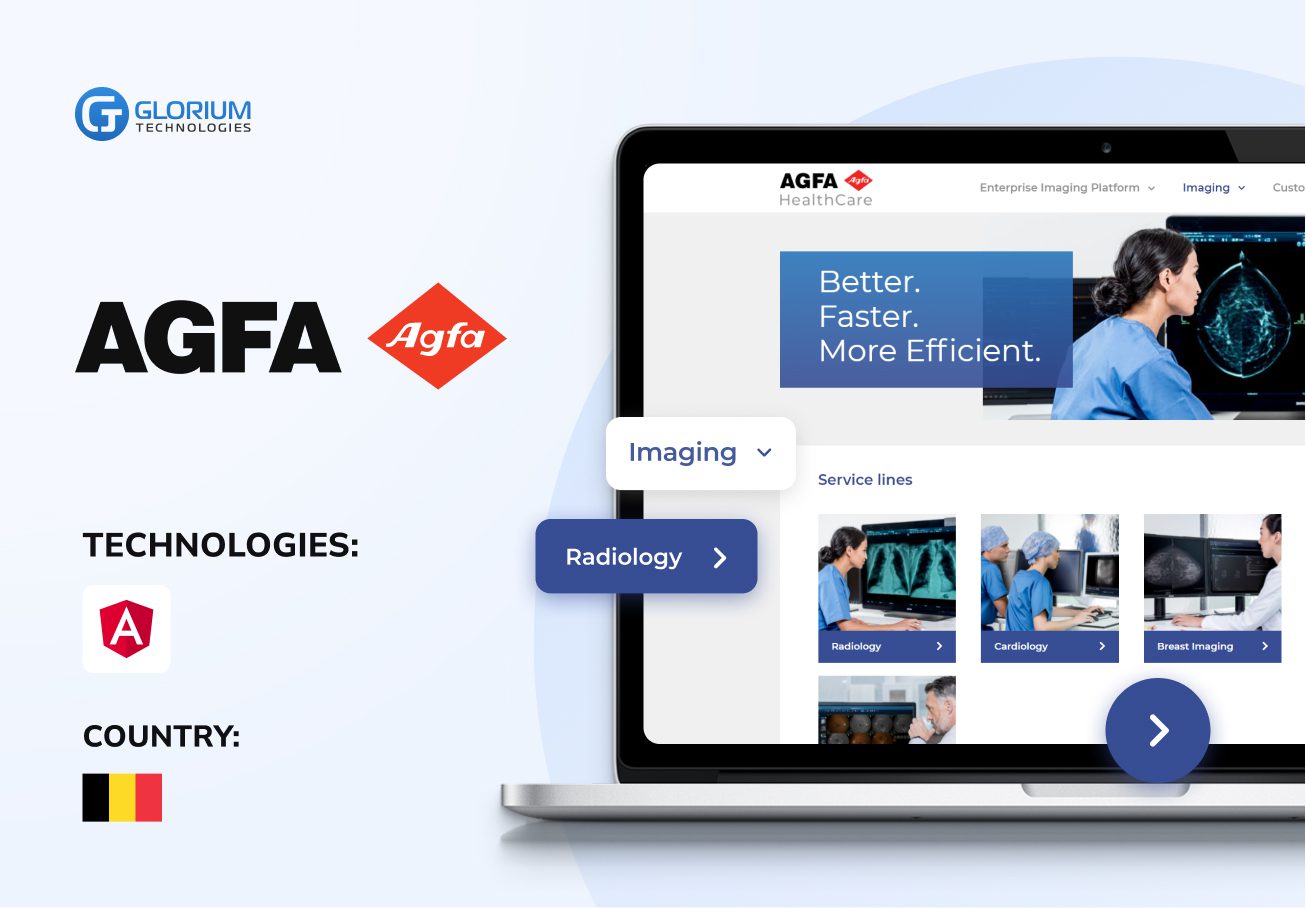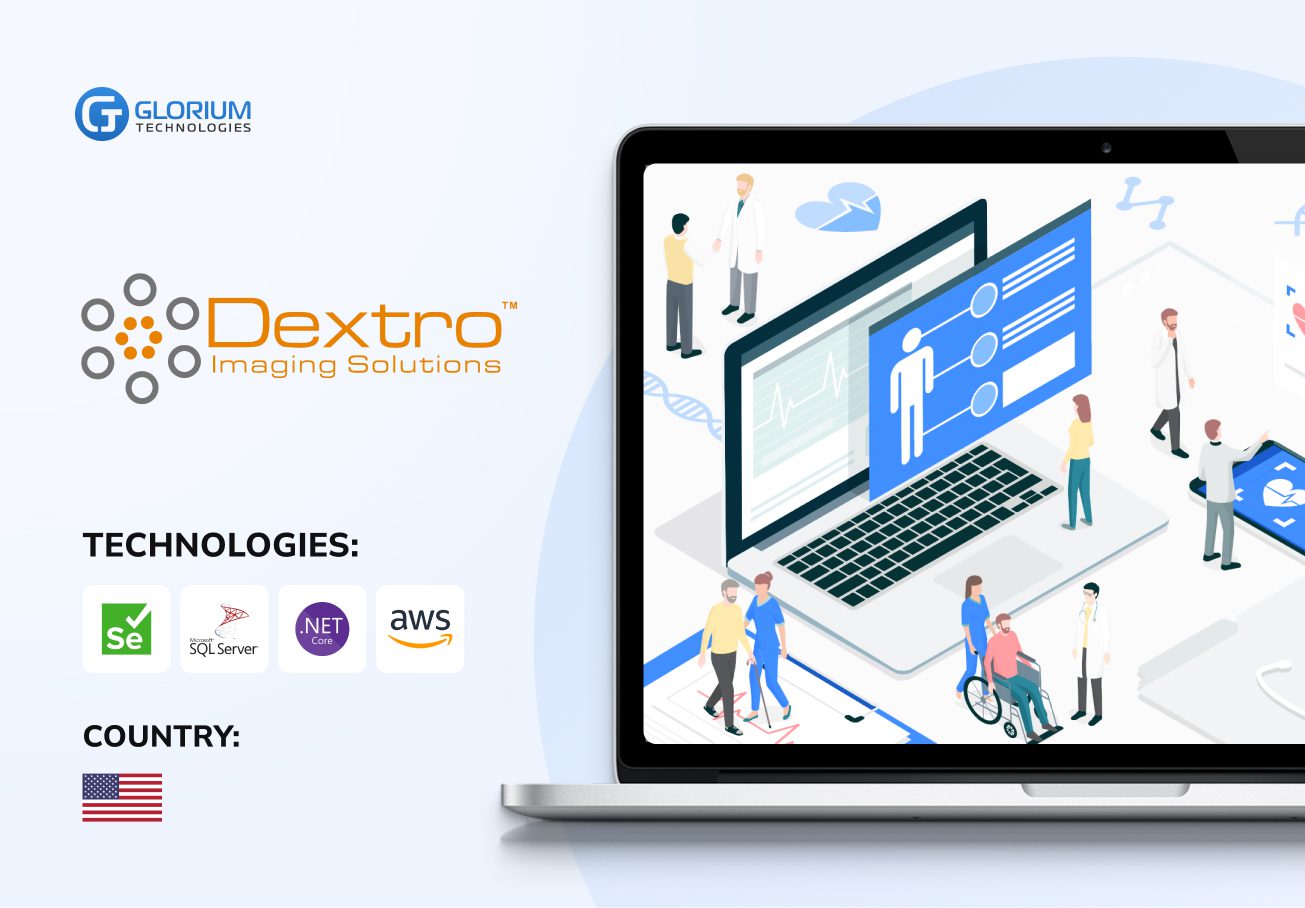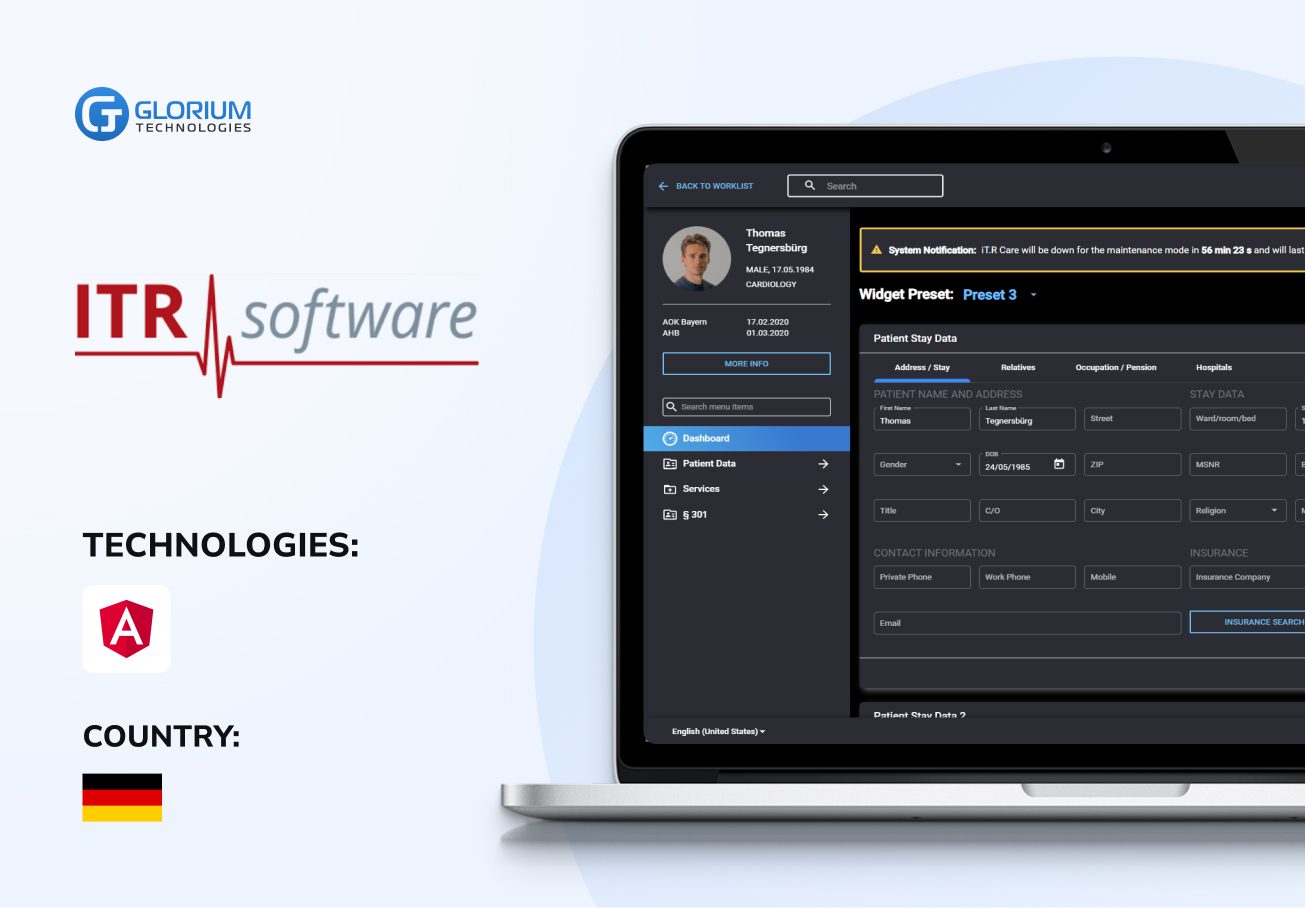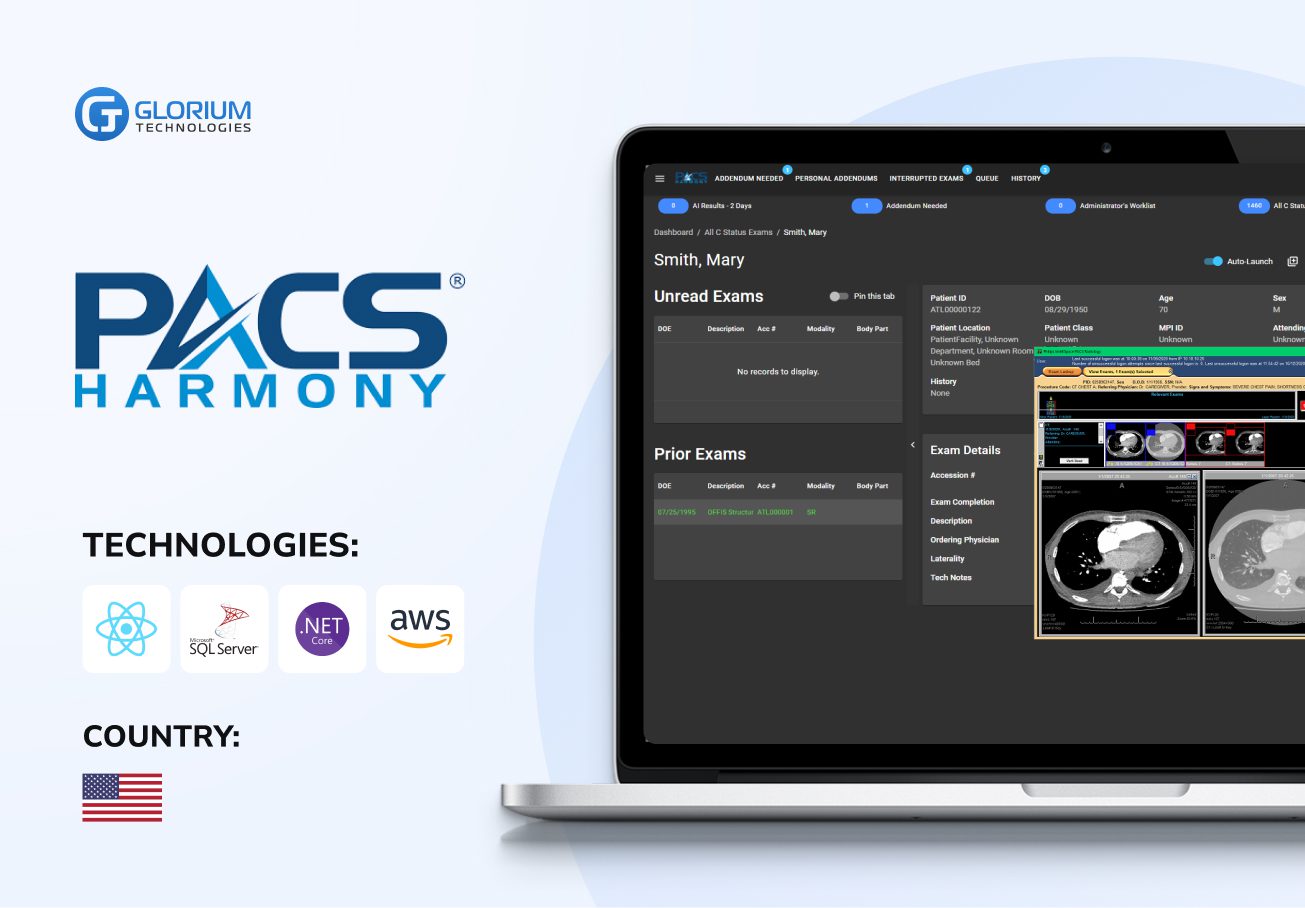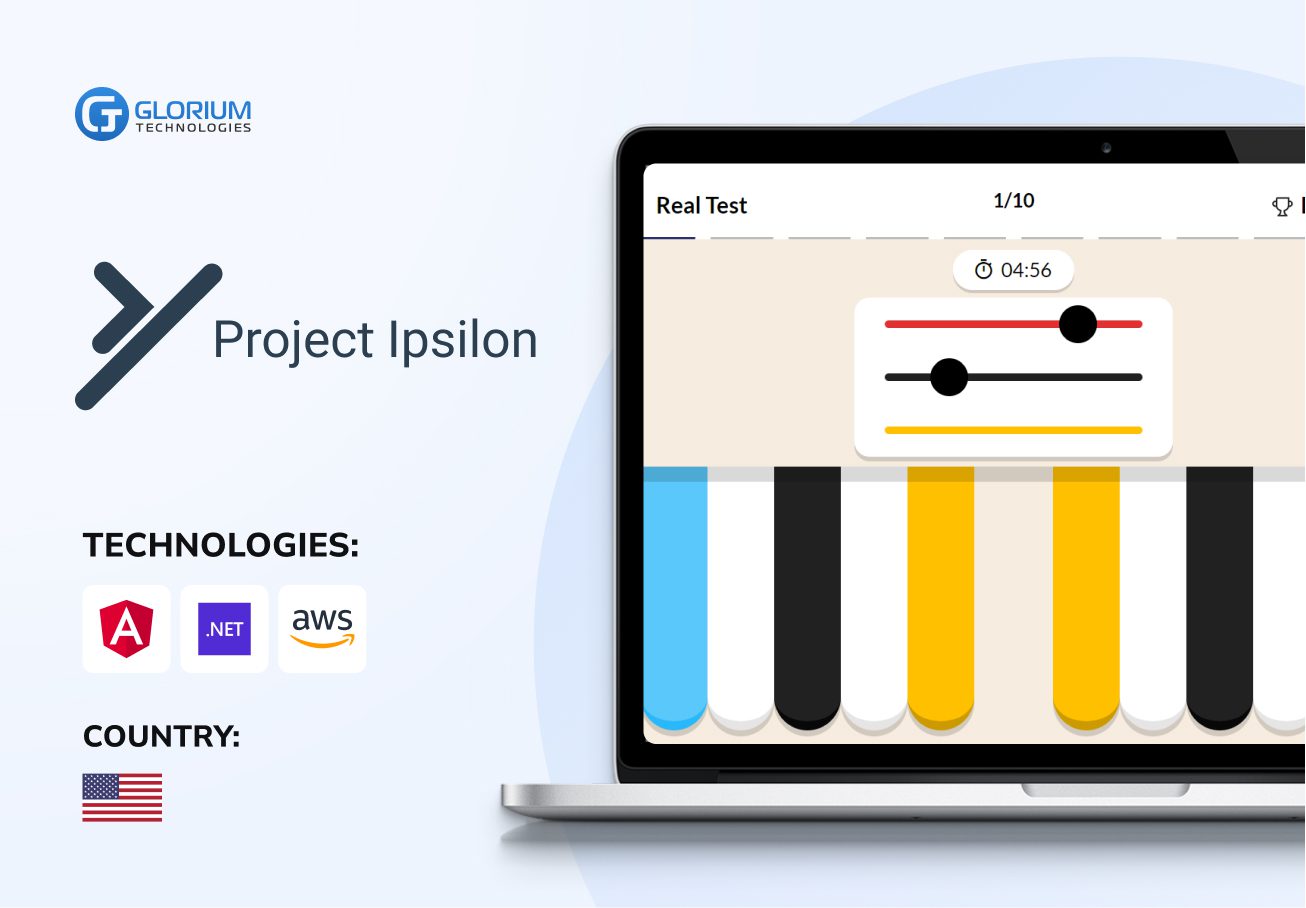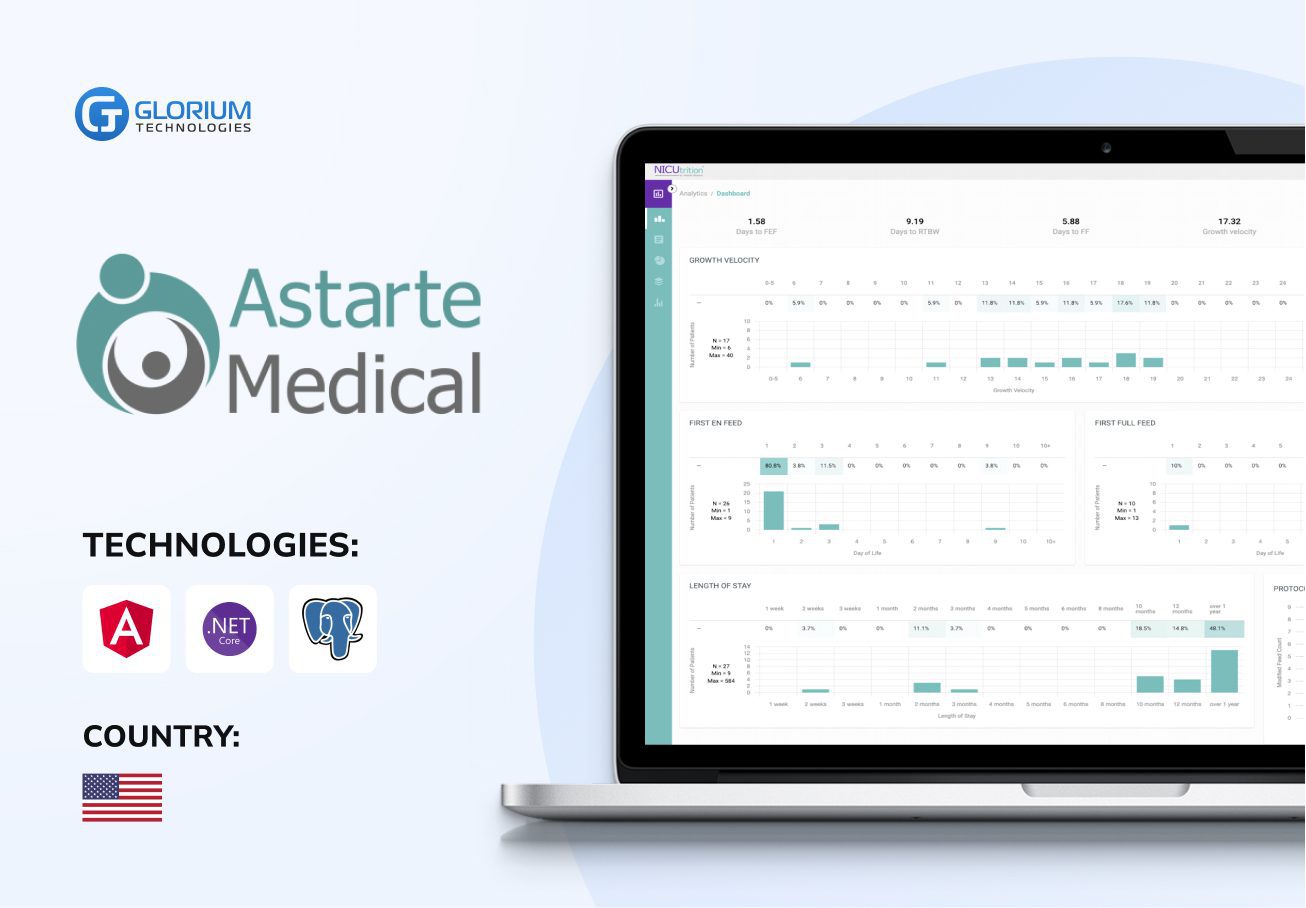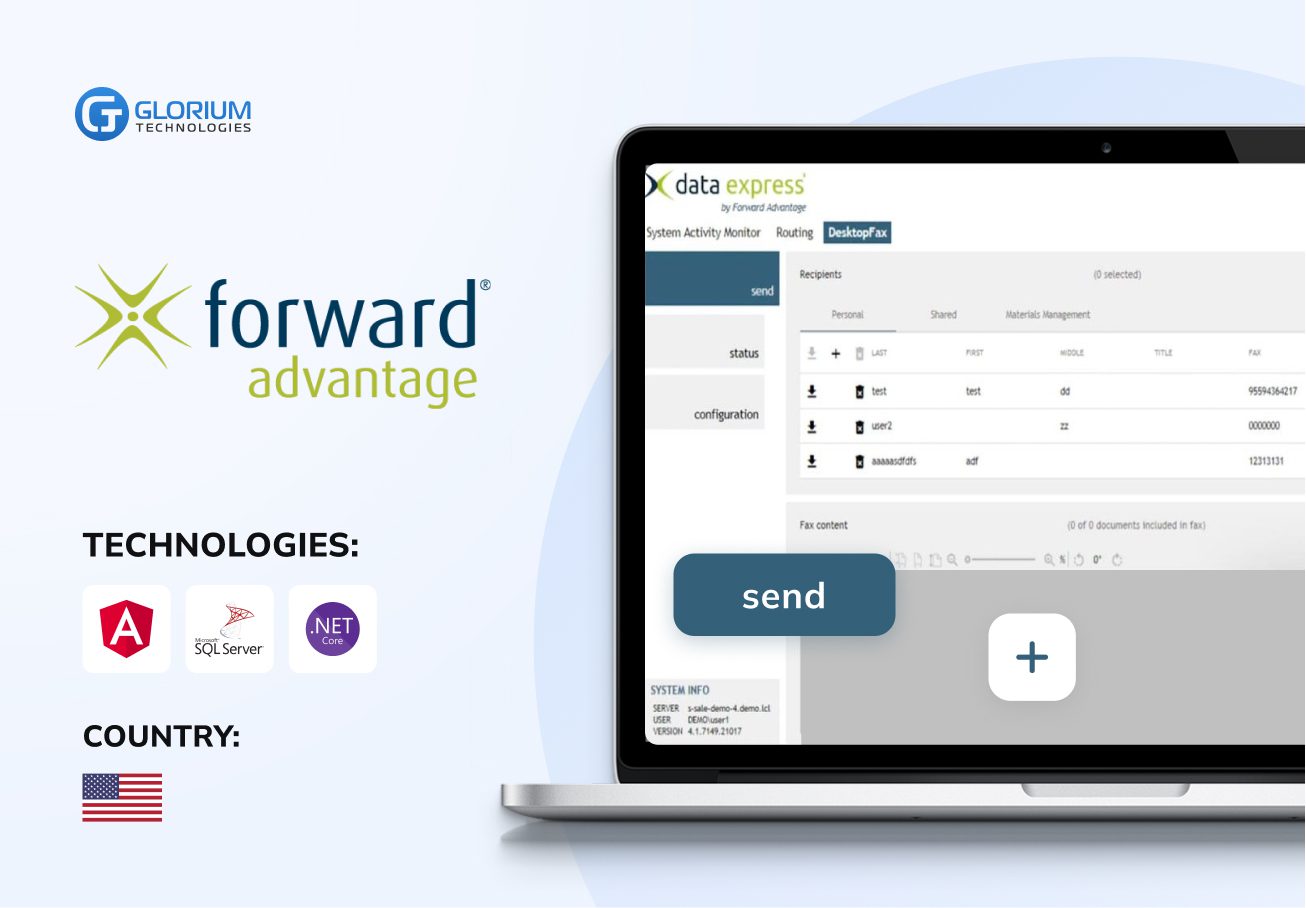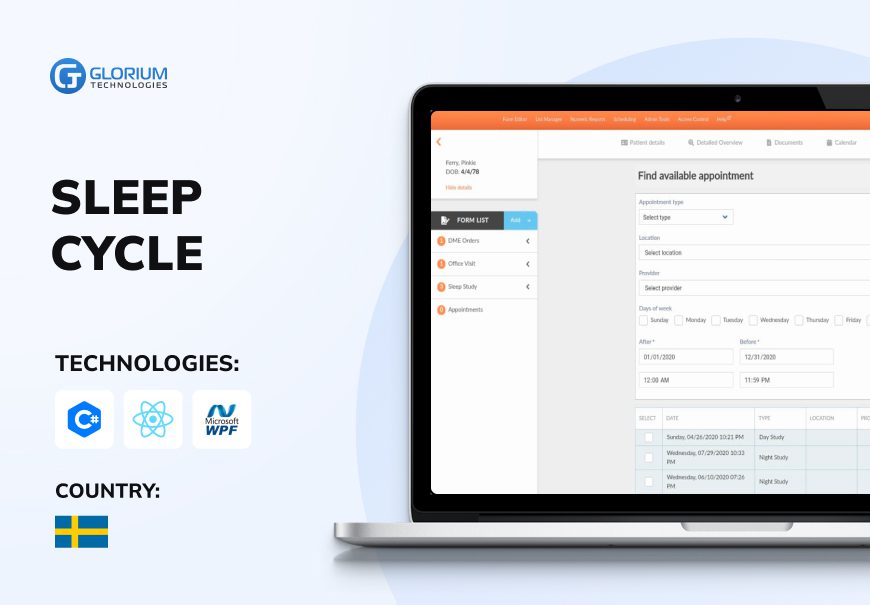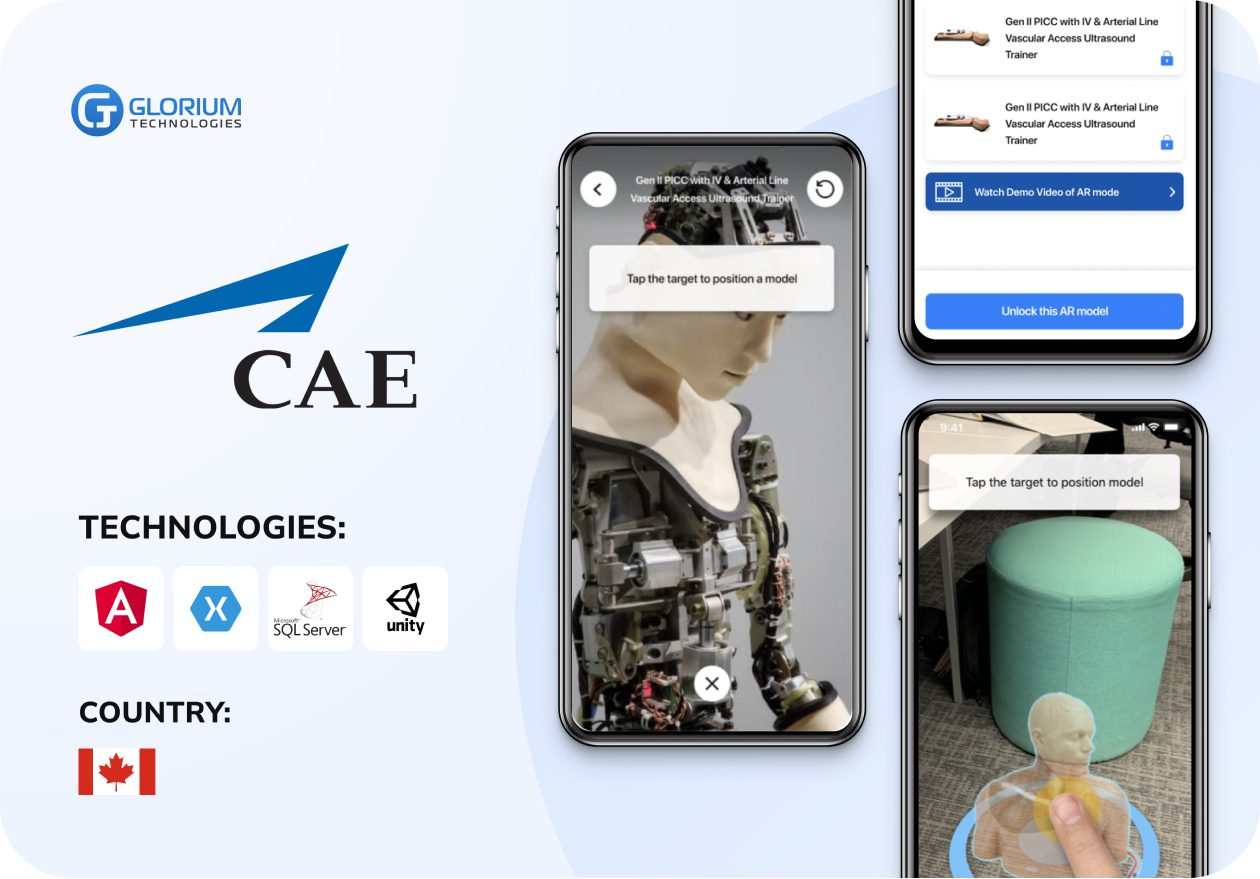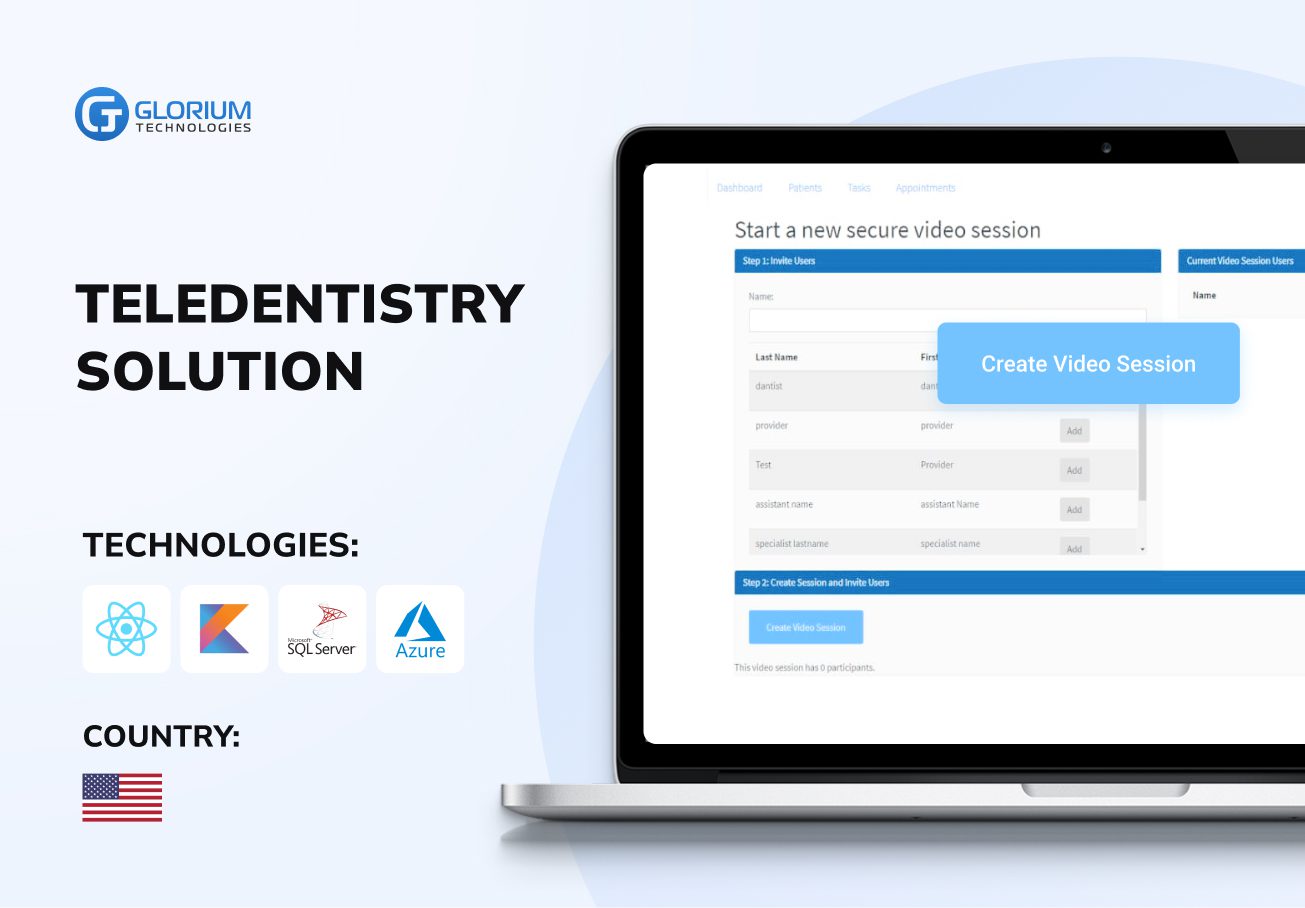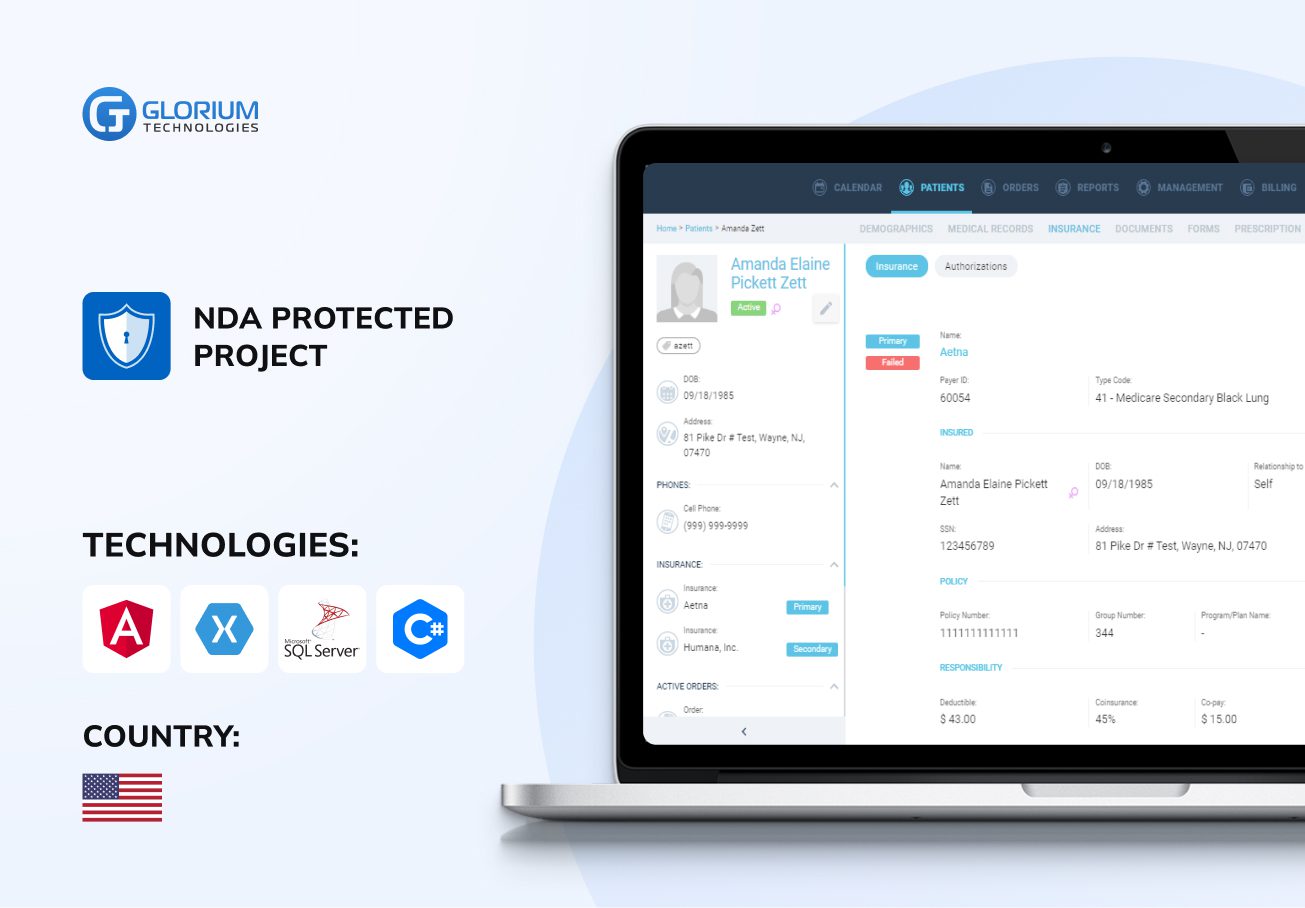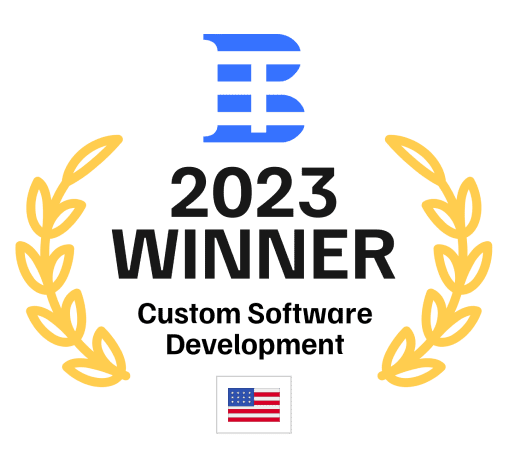Medical Imaging Software Development


Plan Your Budget Confidently.
Choose Your Starting Point

Smart Imaging Solutions for Better Patient Outcomes
- Universal image viewing
- Visualization features
- Full system compatibility
- Central image management
- Instant access to patient scans
- Scalable storage solutions
- Faster image interpretation
- Improved detection accuracy
- Priority case flagging
- High-def scan processing
- Faster imaging protocols
- User-friendly interface
- Real-time enhanced imaging
- Automated measurements
- Portable diagnostic options
- Rapid image processing
- Advanced 3D reconstruction
- Low-dose protocols
- 3D treatment planning
- Progress tracking tools
- CAD/CAM integration
- Millimeter-precise targeting
- Automated dose planning
- Real-time procedure tracking
- Clear cardiac imaging
- Automated calculations
- Standardized reporting
Services to Keep Your Imaging Systems Running Smoothly
Powering Your Smart Medical Imaging Through Advanced Technology
Want Faster, Smarter Diagnostics? A Discovery Call Is One Click Away
- Calculate the cost of your project
- Discuss the timelines and roadmaps
- No commitment needed
Our Medical Imaging Software Solutions in Action: Case Studies
- Develop software to convert 2D medical scans into precise 3D printable models
- Overcome anatomical complexity in organ segmentation from DICOM images
- Meet stringent medical accuracy requirements for surgical training
- Automated quality control for medical-grade 3D outputs
- AI-assisted anomaly detection in source scans
- Cloud-based processing for hospital-scale demand
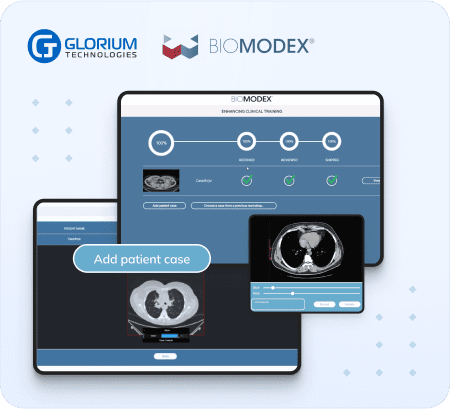
- Develop reusable UI components for enterprise-scale healthcare imaging systems
- Maintain design consistency across distributed development teams
- Balance rapid delivery with healthcare-grade security and compliance
- Component library with 50+ reusable UI elements (tables, grids, sliders)
- Future-proof architecture and scalable foundation for enterprise imaging
- Continuous performance and maintainability improvements

- Build a HIPAA-compliant platform from scratch after a previous vendor failure
- Create seamless integration between the physical scanner and the digital interface
- Develop medically accurate health tracking for chronic disease prevention
- 15+ vital metrics tracked, including body composition and disease markers
- Unity 3D interface for intuitive visualization of complex health data
- Wearable integration syncing with major fitness trackers for 360-degree health picture
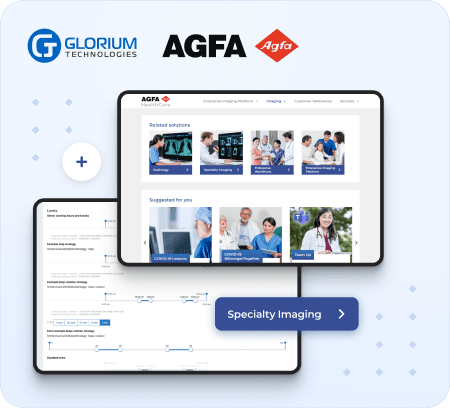
Your Trusted Partner in Medical Imaging Software Development
Cost, Speed & Expertise: How Outsourcing Delivers More
Precision Imaging Solutions for Every Medical Discipline
Tech Stack Behind Your Custom Solutions
How it Works
Your Custom Imaging Solution Is a Few Clicks Away
Can’t Find What You’re Looking For?
What our clients say about us
Our clients journeys
Who we are
About usGlorium Technologies is a full-cycle app & software development company which covers specific client business needs and manage them with the help of the best possible technology solutions.
Since 2010, we have been inventing digital breakthroughs, helping startups and businesses come out on top in their markets.

Why choose us
Let's Connect!
The Future of Medical Imaging Software: AI, Cloud, and Beyond
Since the invention of X-rays in the late 1800s, medical imaging has advanced significantly. Developments in artificial intelligence, cloud computing, and next-generation technologies are completely transforming the way we take, process, and interpret medical images. These technologies are improving patient outcomes and enabling quicker, more precise diagnoses.
Automation, interoperability, and real-time processing are shaping the future of medical imaging software, from cloud-based imaging archives that are accessible from any location to AI-powered tumour detection. However, there are drawbacks to these developments as well, including issues with data security, legal compliance, and smooth clinical workflow integration. Successful implementation of this modern tech, compliance with regulatory standards, and security of patient data are possible through professional development. That’s why modern healthcare providers are addressing medical imaging product development consultants to ensure efficient integration and continuous improvement.
We’ve put together an article to explore the main advantages of AI, cloud platforms, edge computing, and new trends that are changing medical imaging as well as what patients, developers, and healthcare professionals can anticipate in the years to come.
AI Transforming Diagnostics and Clinical Workflows
Imagine a world in which potentially fatal situations are discovered in a matter of seconds rather than hours. where a dedicated assistant to radiologists never fails to notice minute tumours, subtle fractures, or early disease indicators. AI-powered medical image analysis has made that world a reality.
How AI sees what humans might miss
Traditional image review relies on the human eye, capable but prone to fatigue and variation. Due to these challenges, even professionals with years of experience scanning through medical imaging data may miss essential details.
AI delivers greater accuracy and changes the diagnostic process like so:
- Processing thousands of images in minutes: No coffee breaks needed
- Spotting patterns invisible to humans: Like micro-calcifications in mammograms or early ischemic strokes
- Learning from every scan it analyzes: The more data it processes, the smarter it gets
How does this translate into the real world? Recent studies have shown that AI-powered X-rays can detect early lung cancer and even reduce missed lung cancer diagnoses. Additionally, systems like Qure.ai can detect brain hemorrhages in CT scans 15 minutes faster than manual review, critical for stroke care.
AI has slowly been augmenting specialists’ capabilities and acting as a second opinion on demand. But there are still some flaws. AI isn’t perfect; for example, it may flag harmless shadows as false positives. Additionally, some hospitals may struggle to connect AI tools with their PACS. However, these challenges can be avoided or mitigated with a professional medical imaging product development company. For example, at Glorium Technologies, we provide not only medical imaging software development services but also support and training for teams to be more comfortable working with advanced tech.
Cloud-Based Medical Imaging is the Foundation for Scalability
Imagine a radiologist in New York reviewing MRI scans from a rural clinic in real time—or a medical research team accessing thousands of anonymized MRIs and diagnostic information to train an AI model without moving a single hard drive. This is the power of cloud-based medical imaging, and it’s transforming how the healthcare industry manages visual data.
Bulky, on-premise servers are clunky. Cloud solutions offer:
- Anywhere access: Radiologists can securely review studies from home, a coffee shop, or across the globe
- Limitless storage: No more deleting old studies to make room for new ones
- Built-in disaster recovery: Automatic backups protect against data loss from hardware failures or natural disasters
- Cost efficiency: Hospitals pay only for the storage they use, avoiding massive upfront infrastructure investments
What are the benefits of cloud tech in digital imaging?
Cloud-based imaging is now the functional foundation of contemporary healthcare systems, surpassing pilot projects and theoretical advantages. Early adopters of cloud solutions are already seeing measurable benefits, while late adopters run the risk of lagging behind in terms of productivity and the standard of patient care.
Healthcare organizations are realizing the transformative potential of cloud-based medical imaging, which is driving the shift. This transition is driven by three fundamental advantages that address long-standing challenges in medical imaging workflows, resource management, and technological innovation:
- Faster diagnoses through instant collaboration
- Better resource allocation (no more maintaining server rooms)
- Innovation at scale for AI and precision medicine
And there’s a new frontier in the medical imaging solution development industry: hybrid cloud-edge systems, where AI processes images locally while cloud storage provides secure sync and backup.
Edge Computing and Real-Time Processing
While cloud computing has transformed how we store and share medical images, edge computing is changing how we capture and analyze them in real time, especially in time-sensitive, on-the-go scenarios.
Every second counts when you’re dealing with critical care settings. Edge computing brings processing power directly to the imaging device—whether it’s a portable ultrasound, a handheld MRI, or a mobile X-ray unit. This completely eliminates the need to send data back and forth to the cloud. This means:
- Instant results: No lag time waiting for cloud processing
- Reliable performance: Works even with poor or no internet connectivity
- Enhanced privacy: Sensitive patient information can stay local when needed
For medical imaging applications development, this shift enables faster decision-making without sacrificing image quality or security.
Use cases where edge computing excels
| Healthcare Setting | Edge Computing Application | Benefits |
| Emergency Medicine | AI-assisted point-of-care ultrasound in ambulances | Speeds up triage by providing instant analysis during patient transport. |
| Portable CT scanners with stroke detection algorithms in ERs | Reduces time-to-diagnosis for critical conditions like strokes. | |
| Battlefield & Remote Diagnostics | Ruggedized imaging devices with onboard AI for field medics | Enables rapid injury assessment in resource-limited or combat environments. |
| Mobile ultrasound/X-ray applications for rural clinics | Provides advanced imaging capabilities without requiring a specialist on-site. | |
| Ambulatory & Primary Care | Compact imaging devices with edge AI for fracture/fluid detection | Helps GPs diagnose common conditions during routine visits. |
| Real-time image quality checks on portable systems | Ensures diagnostic-grade results even with lightweight equipment. |
Interoperability and Integration with Healthcare Ecosystems
Modern medical imaging is a component of a complex digital health ecosystem, where smooth data exchange is essential. Interoperability, from AI-powered analytics to electronic health records, guarantees that physicians have the appropriate information at the appropriate time while preserving efficiency and security.
The DICOM standard continues to be the universal language for medical imaging, with compatibility across modalities, PACS, and viewing stations. In the meantime, imaging data and more comprehensive EHR systems are connected by FHIR.
Why is this important for medical imaging product development?
- AI tools are able to extract patient data in FHIR format and DICOM images for context-aware analysis
- By viewing studies directly within EHR interfaces, radiologists can minimise tab-switching
- Compliance with these standards is essential for medical device manufacturing and regulatory approval
Additionally, platforms like OHIF Viewer and 3D Slicer are transforming how teams interact with medical images:
| Platform | Key Role in Medical Imaging | Impact on Digital Health |
| OHIF Viewer | Web-based DICOM viewer with customizable user interface for hospitals & teleradiology | Enables remote second opinions without proprietary software |
| 3D Slicer | Advanced image fusion and segmentation for research/surgical planning | Supports precision medicine with multimodal data visualization |
These tools accelerate the software development process by providing ready-to-use frameworks for visualization, plug-and-play integrations, and modular design, which is essential for image analysis software development.
While still in the process of development, blockchain technology addresses two critical challenges:
- Patient data security
- Streamlined sharing
Blockchain solves these challenges for medical imaging product design and development by tracking every access to sensitive images and ensuring no single point of failure goes undetected; via smart contracts, it automates consent management for image sharing and gives patients control over who sees their data. This is essential for the peace of mind for worried cancer patients and for creating tamper-proof logs.
Emerging Trends that Shape the Future of Medical Imaging Development
While we’re already implementing advanced tech that has proved essential for medical imaging software development, the future holds even more emerging technologies that may transform the healthcare industry. Let’s explore some of the trends that we, as a medical imaging software development company, are looking forward to:
3D/4D
Modern imaging is breaking free from 2D slices, offering clinicians dynamic, depth-aware perspectives:
- Surgical planning: Cardiologists navigate beating heart models in 4D (3D + time) to plan valve repairs
- Virtual biopsies: Radiologists “sample” tumors volumetrically in software before physical procedures
- Therapeutic monitoring: Track chemotherapy response via 3D tumor volume changes vs. crude diameter measurements
AR/VR
Augmented and virtual reality are moving from pilot projects to clinical staples:
| Application | How It Works | Impact |
| Surgical Navigation | AR overlays tumors/vessels onto real-world views during operations | 32% faster resection margins (J Neurosurg 2024) |
| Medical Education | VR simulations let trainees “practice” on infinite virtual patients | 6x faster skill acquisition vs. cadavers |
| Patient Consent | Interactive 3D models show procedures visually | 41% better understanding (May |
Federated learning
This breakthrough approach lets hospitals collaboratively train AI without sharing sensitive data:
- Local models train on each institution’s private datasets
- Only algorithm updates (not patient images) get aggregated
- Global model improves while data stays put
Better images alone won’t define the future; smarter, safer, and more integrated care is what’s needed. These trends require attention right now, regardless of whether you’re developing the next imaging AI or consulting on medical imaging software development.
When Do You Need to Address a Professional Team?
You can already see how quickly the industry is developing and adopting new technologies. It’s only a matter of time before the trends mentioned above become the norm. This means that the best time to take action and start working on medical imaging software development is now. But how do you know if you can do it in-house or need medical imaging product development consulting?
Here are a few factors that we’ve noticed prompt our clients to address us for professional help:
You’re building a new imaging product
When developing medical-grade software, knowing how to write code isn’t enough. This task requires deep DICOM/FHIR expertise for easy and compliant EHR/PACS integration. Additionally, you want to work with regulatory-aware development professionals to avoid legal risks and complications. On top of that, your medical imaging software development team needs to work on precision UX design, since new tools are always difficult to adopt, and your team members will need some confidence to start working with AI and cloud solutions.
A legacy system is holding you back
Legacy systems were helpful and essential, but today, some of them have become obsolete or outdated. With a clunky legacy system, you’re risking security issues from unsupported software, productivity drains from slow and non-interoperable tools, and miss opportunities. As a business in the healthcare sector – one of the most demanding and fast-paced industry – you’re responsible for adopting technology that supports your company’s growth. We recommend working with a medical imaging software development team to modernize your tech stack without disrupting clinical workflows and adding new features to your legacy system (if you’re not up for a new software implementation).
You want (or need) to implement AI
Many hospitals have started buying expensive AI tools and assistants that end up being unused because of poor integration, lack of clinician trust in “black box” algorithms, or unrealistic computational requirements. Nevertheless, adopting a new technology is always risky and requires attention from professionals. If you’re planning to implement AI into your existing systems (or want to build a new one), it’s high time to work with a professional medical imaging software development company.
You’re dealing with security or compliance gaps
With ransomware attacks on healthcare increasing, you may need blockchain-secured audit trails for image access, zero-trust architectures for remote viewing, and compliance roadmaps for new FDA cybersecurity rules. All of this sounds too complicated and rarely do companies have in-house teams that posses all the necessary skills and expertise to make this happen. However, working with medical imaging software development professionals can help you avoid risky compliance gaps.
The Cost of “DIY” vs. Professional Partnership
Finally, if you’re still debating whether to work with a professional medical imaging software development company or hire an in-house team, here’s a little table to help you understand the difference between these two.
| Scenario | DIY Approach Risks | Professional Solution Benefits |
| FDA submission | Rejections due to incomplete documentation | First-pass approval with pre-validated templates |
| Cloud migration | Data corruption during transfer | Guaranteed integrity with checksum verification |
| AI integration | Algorithm drift causing false positives | Continuous monitoring + recalibration services |
How can Glorium Technologies Help?
At Glorium Technologies, we specialize in end-to-end medical imaging product development. We have professionals proficient in cutting-edge technology and real-world clinical needs. Whether you’re a healthcare provider, medical device manufacturer, or digital health startup, here’s how we drive success at every stage:
- We offer custom medical imaging software development
- Legacy system modernization
- AI integration and deployment
- Security and compliance assurance
- Support and training for your team
We have 15+ years of experience in healthcare IT and provide a regulatory-first approach with agile development techniques. We’re sure you have hundreds of questions – and we’re always here to answer them. For more information and a free estimate of your project, request a discovery call with our representatives.
FAQs
What are the necessary features of medical image analysis software?
As a medical imaging software development company, we recommend implementing features such as image acquisition, image enhancement, image analysis, 4D fusion, quantification, and many others. The features you decide to implement (as extras) depend on your desires, visions, and your business needs.
What software is used for medical imaging?
Various software is used for medical imaging, including DICOM viewers and processors, Radiology Information Systems, and Picture Archiving and Communication Systems (PACS). Additionally, we may use AI and 3D imaging tools, open-source solutions, and more, depending on your business needs.
Which algorithm is best in medical image processing?
There is no single “best” algorithm for medical image processing, as the optimal algorithm depends on the specific imaging modality and medical application. The choice of algorithm for medical image processing depends on factors such as image acquisition parameters, image noise, desired output, etc.
Do you do DICOM software?
Yes, we do. DICOM brings the on-demand software to multiple devices, enabling access in a single login environment without installing any additional software. We provide DICOM-compliant software for medical imaging, including DICOM viewers, PACS integration, and custom development tailored to healthcare workflows. Let us know your specific needs!
Which technologies do you use for building medical imaging software
How much does medical imaging software development cost?
The cost of medical imaging software development varies depending on factors such as the complexity of the software, regulatory requirements, unique needs, the desired features and functionality, and the amount of customization required. We offer customized pricing for each project based on the features that you will choose.
How long does medical imaging software development take?
The timelines of medical image analysis software development depend on various factors of your software. Typically, it takes around 6-12 months to develop a standard solution, but adding unplanned modalities or switching cloud providers mid-project can cause the timeline to stretch. For a more detailed estimate, we recommend requesting a discovery call with our experts.
